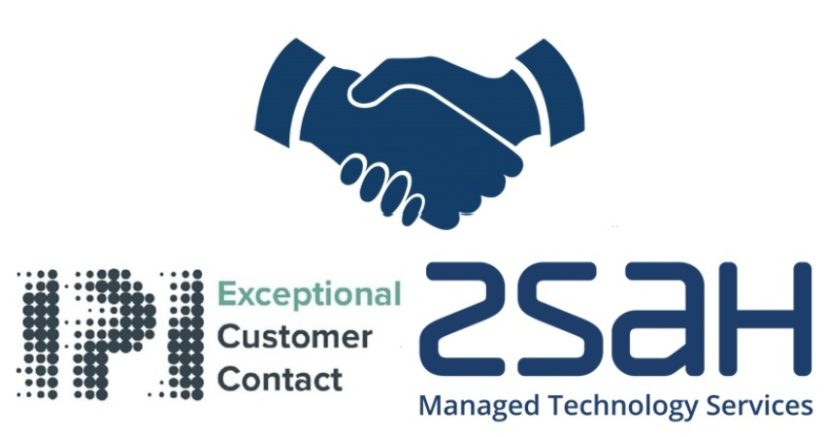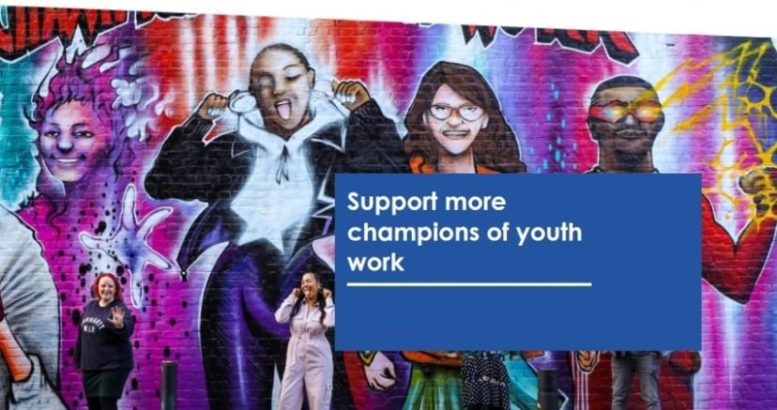How to Boost Customer Experience (CX ) in the Utility Sector – CX: It’s time to get serious
Increased competition in the utilities sectors has spurred many energy suppliers into investing in technologies designed to boost customer satisfaction. Focusing on Customer Experience (CX) in this way makes considerable financial sense. Firstly, it helps reduce churn, thereby protecting both profits and shareholder value. Furthermore, it also helps avoid any reputational damage that could prevent energy firms from attracting new customers.
The same forces have not traditionally applied to the water industry. Here, a dissatisfied customer cannot vote with their wallet by switching supplier. This means there has been less incentive for water companies to explore their CX options. At least, that is, until recently.
C-Mex: the CX gamechanger
Ofwat’s recently introduced CX measure – C-Mex – means that water companies can no longer avoid the subject. From last year, each of England and Wales’ 17 suppliers began to be scored based on feedback from a sample of customers, including from those who have had recent interactions with their contact centres. These scores will continue to be published in annual league tables, with well-performing companies receiving payments and sub-par providers incurring costs. In other words, C-Mex exposes water companies to similar financial and reputational consequences to those already faced in other industry sectors.
Boosting CX through automation
The good news for water providers is there has been plenty of innovation in CX over recent years, much of which could have a tangible impact on their C-Mex scores.
One such area is speech analytics. These tools provide companies with intelligence from across all of their customer contacts about what’s working (and what isn’t). Because of the sheer volume of data involved, they can help surface insight around broken processes, training requirements and real-time problems as they arise, allowing companies to take action where previously they may have been in the dark. As well as high-level insights, these same analytics tools can be used to pinpoint specific customer issues through sentiment analysis or phrases during their conversation with an agent; prompting follow-up activities to remediate the situation. This level of focus is not possible with traditional random sample monitoring. With C-Mex scores partly-based on feedback from recent customer interactions, it is vital that callers are left feeling satisfied with the service provided.
There is also a raft of innovative self-service tools that enable companies to help more customers, more quickly, and at a higher standard. Chatbots and AI tools can be deployed to help answer simple customer enquiries on a website, freeing up agents’ time to deal with more complex calls, such as from people who are struggling to pay their bills, or from customers who cannot access – or are not comfortable with – digital services.
In addition, providers can use automated notifications to send customers alerts, information packs or any other useful information, all without impacting an agent’s workflow. When an agent is on a call with a customer, they can make use of automated identification and verification tools (ID&V), while Robotic Process Automation (RPA) tools – aka Digital Agents – can assist them by undertaking mundane, repetitive tasks on their behalf.
Taking a strategic approach
While there are numerous technology options available to help boost your CX metrics, it is nevertheless worth remembering that tools on their own will only get you so far. Best practice CX focuses as much on people and processes as it does technology deployments, so it is imperative that all these elements are aligned. This is where IPI’s team of consultants can assist. We eliminate the pain of change, helping contact centres evolve their operations to deliver exceptional customer service.
Craig Farley is Head of Consulting at IPI

IPI partners with the industry’s leading vendors – including Avaya, Blue Prism, CX Company, Gamma, Microsoft, Teleopti, Verint and VMWare – to provide a complete suite of contact centre solutions, available in the cloud, on-premise, or as a managed service. These bespoke solutions cover every component of the contact centre – from call routing, unified communications, networking and security, right up to emerging technologies, such as AI chatbots and Robotic Process Automation. It also offers a range of professional services and devOps support, delivered by its highly accredited team of contact centre experts.
For additional information on IPI view their Company Profile






